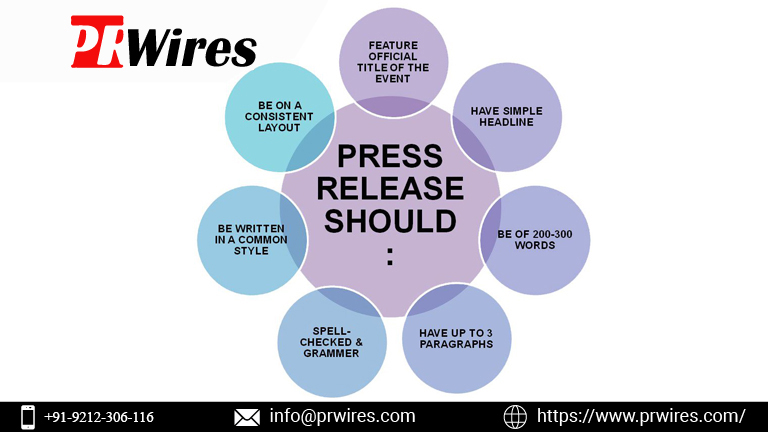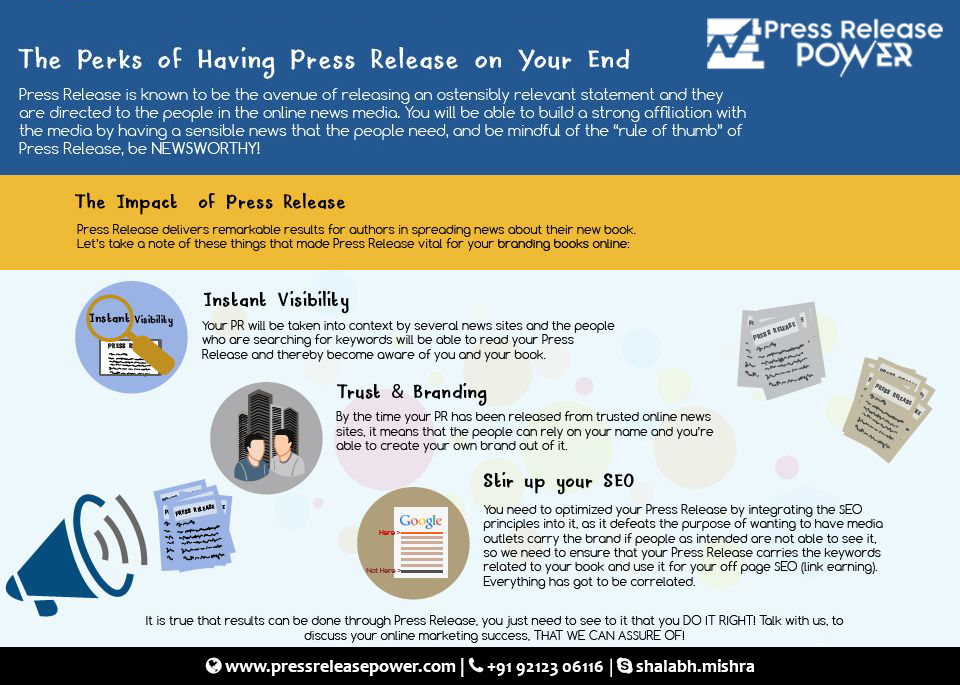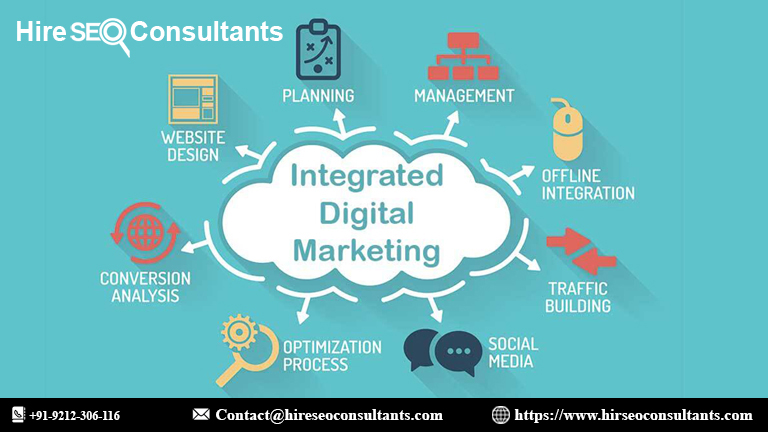A Complete Guide to Creating a Social Media Calendar
Unlock the secrets to an effective social media strategy with our comprehensive guide on creating a social media calendar. Learn step-by-step how to plan, organize, and optimize your content to boost engagement and drive results.

Crafting an effective social media calendar is crucial for any brand looking to maintain a consistent and strategic online presence. This guide will walk you through the essentials of creating a social media calendar, ensuring you maximize your content's reach and engagement.
A well-structured social media calendar is more than just a schedule—it's the backbone of a strategic content approach. It helps streamline your posting schedule, ensures consistent messaging, and allows for better planning of campaigns and promotions. By visualizing your content plan, you can avoid last-minute scrambling and focus on crafting high-quality posts that resonate with your audience.
Defining Your Social Media Goals
Before diving into calendar creation, clarify your social media objectives. Are you aiming to increase brand awareness, drive traffic to your website, or boost engagement? Your goals will guide your content strategy and help you determine the type of content that will best support your objectives. Aligning your calendar with these goals ensures that every post serves a purpose and contributes to your overall strategy.
Identifying Your Target Audience
Understanding your audience is fundamental to creating relevant content. Analyze demographics, interests, and behaviors to tailor your posts to their preferences. Consider conducting surveys or leveraging analytics tools to gain deeper insights into what resonates with your audience. This knowledge will help you craft content that engages and adds value to your followers.
Choosing the Right Social Media Platforms
Not all social media platforms are created equal, and each has its unique strengths. Determine which platforms align with your brand and where your audience is most active. Whether it's Instagram, Facebook, Twitter, LinkedIn, or TikTok, tailoring your content to each platform's format and audience expectations will enhance your effectiveness.
Creating a Content Strategy
With your goals, audience, and platforms in mind, develop a comprehensive content strategy. Decide on the types of content you'll produce, such as blog posts, videos, infographics, or user-generated content. Establish a consistent brand voice and messaging to ensure cohesion across all posts. Plan for diverse content that engages users at different stages of the customer journey.
Setting Up Your Calendar
Now it’s time to organize your content. Start by selecting a calendar tool that suits your needs, whether it's a digital calendar, spreadsheet, or a specialized social media management platform. Structure your calendar to include key elements such as posting dates, times, content types, and platform specifics.
Incorporating Key Dates and Events
Incorporate important dates, holidays, and industry events into your calendar. These can provide timely opportunities for relevant content that resonates with your audience. Plan your posts around these dates to take advantage of seasonal trends and special occasions.
Scheduling Your Content
Consistency is key in social media marketing. Use your calendar to schedule posts in advance, ensuring a steady flow of content without overwhelming yourself. Consider the best times to post on each platform based on when your audience is most active. Automated scheduling tools can help streamline this process and maintain regular posting.
Monitoring and Adjusting Your Calendar
A social media calendar is not a static document; it should evolve based on performance and feedback. Regularly review your analytics to gauge the effectiveness of your posts. Pay attention to metrics like engagement rates, click-through rates, and follower growth. Use this data to adjust your content strategy and calendar as needed.
Collaborating with Your Team
If you have a team working on social media, ensure everyone is aligned with the calendar. Share access to the calendar and maintain clear communication to coordinate efforts. Assign roles and responsibilities to streamline the content creation and approval process, avoiding any bottlenecks.
Evaluating Performance
Periodically evaluate the success of your social media efforts. Assess how well your posts are performing against your goals and objectives. Identify which types of content are resonating with your audience and which areas may need improvement. Use these insights to refine your calendar and content strategy for better results.
Staying Flexible
While planning is essential, it’s also important to remain flexible. Social media trends and audience preferences can shift rapidly. Be prepared to adapt your calendar to accommodate new trends, emerging platforms, or unexpected opportunities. Flexibility allows you to stay relevant and responsive in a dynamic social media landscape.
Creating a social media calendar is a strategic move that can significantly enhance your online presence. By defining your goals, understanding your audience, choosing the right platforms, and meticulously planning your content, you set the stage for a successful social media strategy. Regular monitoring and adjustments will keep your calendar aligned with your objectives and responsive to audience feedback. With a well-executed social media calendar, you'll be well-positioned to engage your audience, amplify your brand, and achieve your social media goals.
Get in Touch
Website – https://www.webinfomatrix.com
Mobile - +91 9212306116
Whatsapp – https://call.whatsapp.com/voice/9rqVJyqSNMhpdFkKPZGYKj
Skype – shalabh.mishra
Telegram – shalabhmishra
Email - info@webinfomatrix.com
What's Your Reaction?















